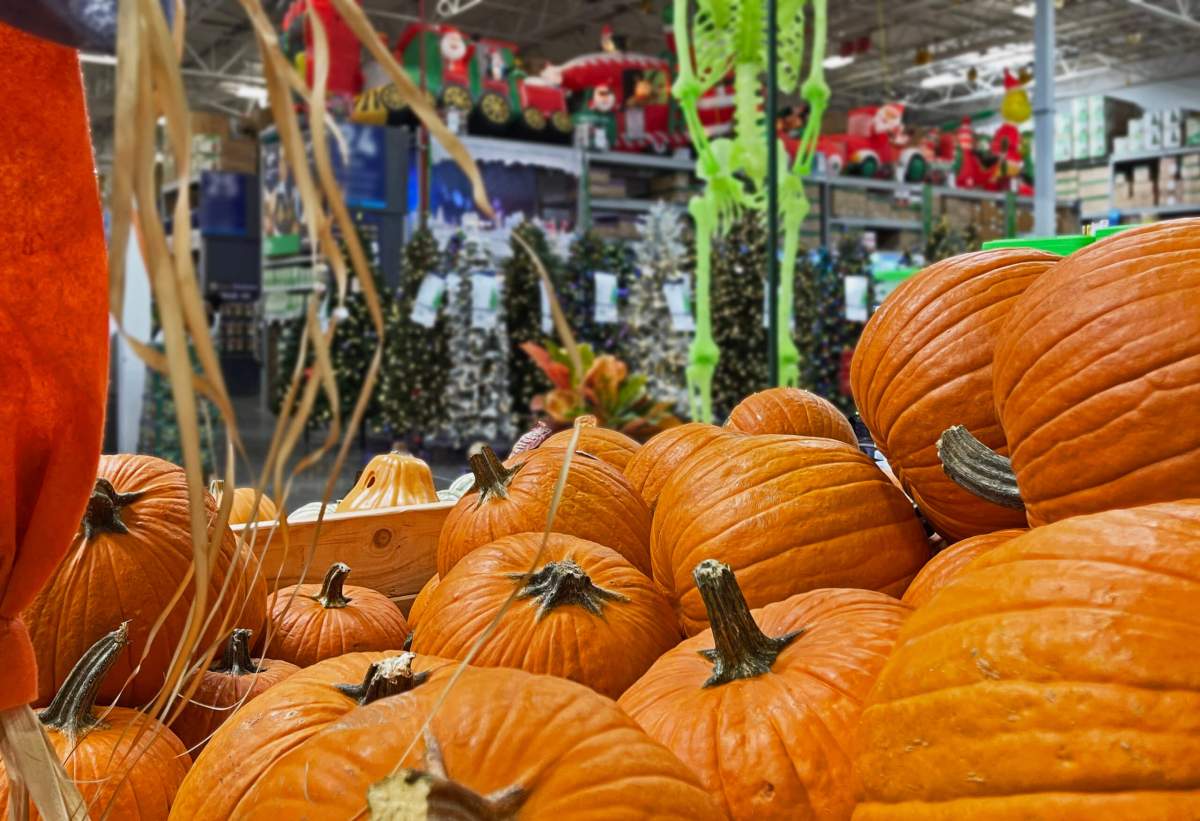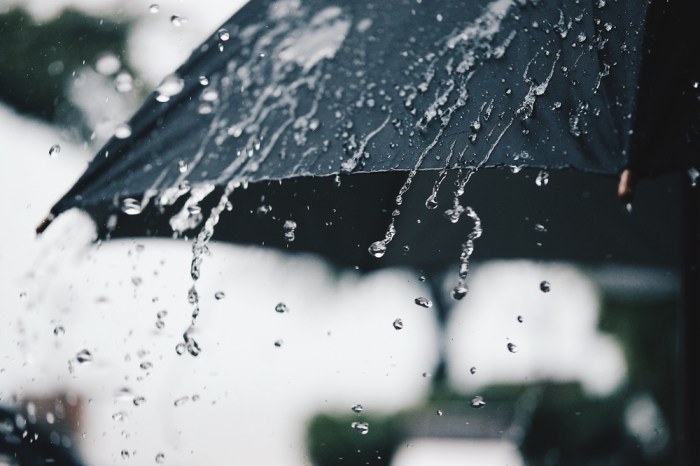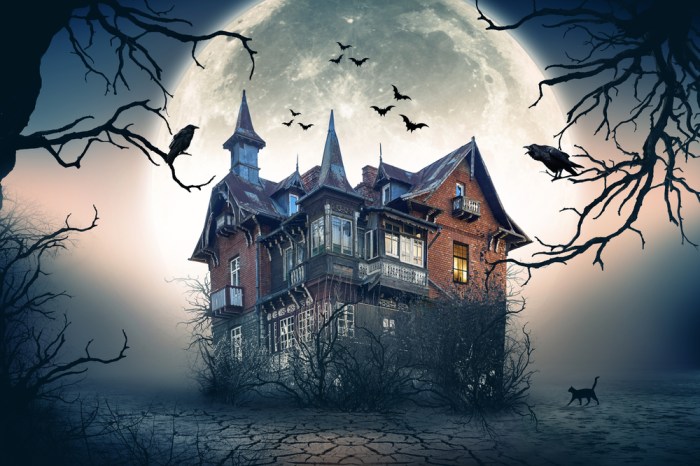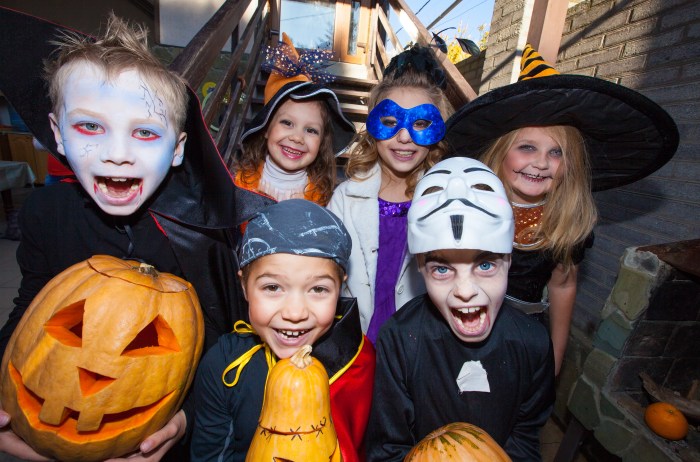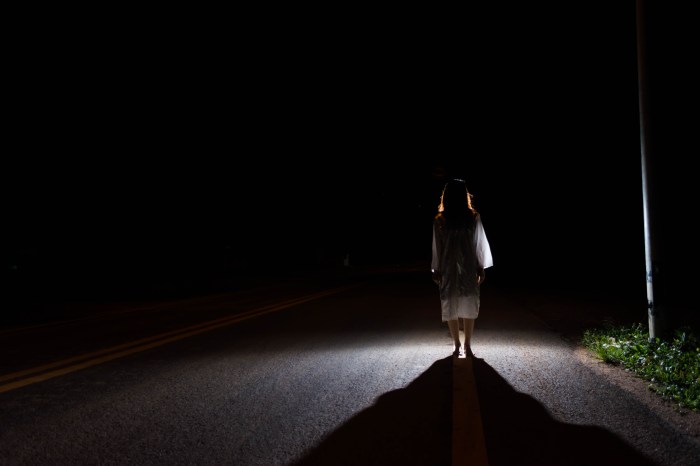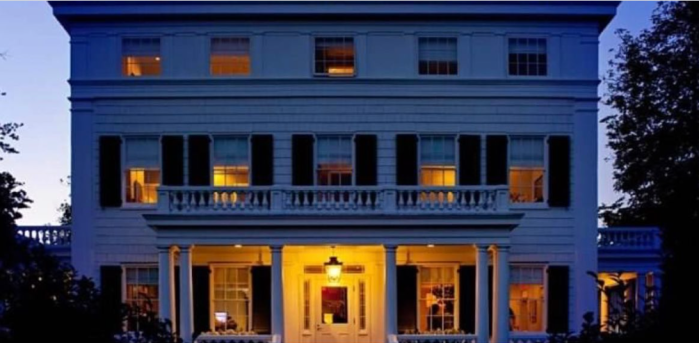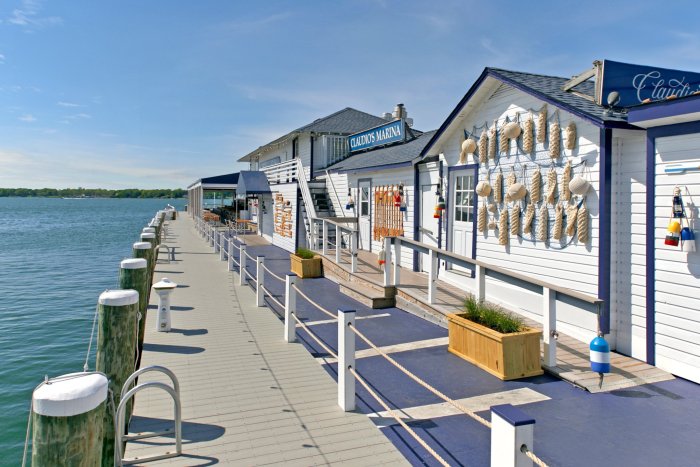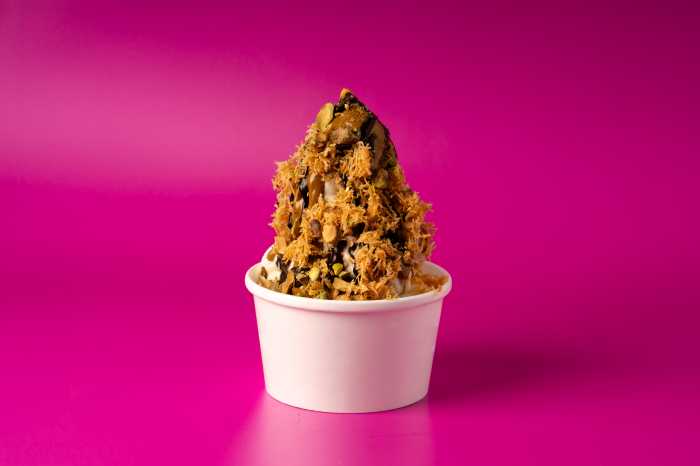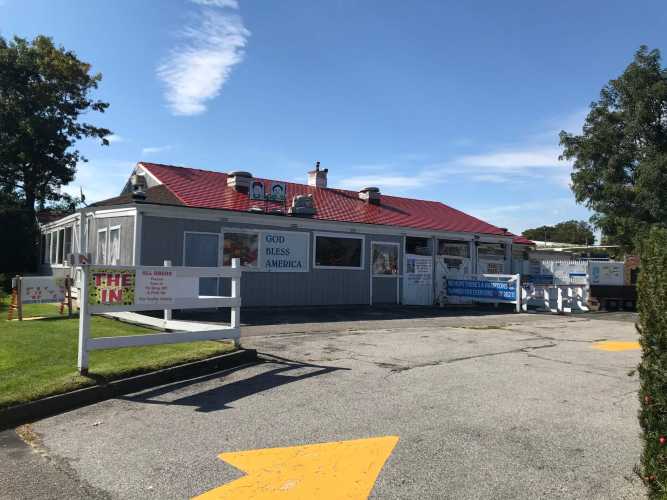Long Island Shoppers Hooked on Halloween Season
Stakey’s Pumpkin Farm in Aquebogue gets very busy as Halloween approaches, staffing up to as many as around 25. But before it became known for pumpkins, it grew and sold potatoes and cauliflower for many years. The 50-acre farm began growing pumpkins in 1976 before planting its last potato in 1977 and last cauliflower in 1982.
“Many a good man went broke raising potatoes,” Jim Stakey, who owns the farm, said recently as he prepared for the Halloween season (and it is a season). “It’s a commodity. And you don’t set the price. The market sets the price.”
These days, Stakey’s grows 26 acres of pumpkins (some you-pick places truck pumpkins into town) along with greenhouses, to diversify. But Stakey sees himself as selling more than pumpkins.
“If you go and cut your own Christmas tree and put the tree up, the following year you won’t remember what that tree looked like,” Stakey said. “But you’re going to remember the experience of picking the tree. That’s what happens here with the pumpkins. It’s the experience.”
Stakey’s is part of a growing Long Island agritainment industry as well as farming business, often focusing on Halloween. Long Islanders are hooked on haunted houses, corn mazes, hayrides and more.
“I started this farm as a cut-your-own Christmas tree farm. It takes eight to ten years on Long Island to get a tree to where you might want to buy it,” said Lee Itzler, owner of the Elwood Pumpkin Farm in Huntington. “So I started growing pumpkins. It stuck with me.”
After a sort of hiatus (or at least a slowdown) because of the pandemic, Halloween is expected to return to business as usual – and potentially break records – this year.
“We have seen the excitement and demand for the Halloween season continue to grow,” said Nikki Balles, a spokeswoman for Spirit Halloween, which has been opening more pop-up retail stores selling all things Halloween.
“The National Retail Federation is projecting 2022 to be the biggest Halloween yet.”
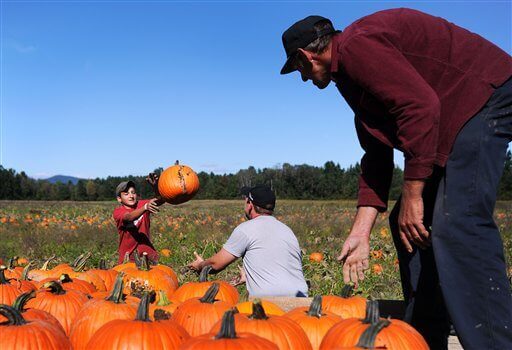
Halloween has been racking up some monstrously large numbers in recent years, going from a one-day event to a season. The holiday was projected to generate about $3.3 billion in business nationwide in 2005, rising to $5.8 billion in 2008 before dipping to $4.7 billion in 2009, according to the National Retail Federation.
Projected sales rose to $8 billion in 2012 before dipping to $7 billion in 2013. By 2017, NRF forecast that the holiday would reach a new high of $9.1 billion in sales, dropping to about $8 billion in 2020 before rising to $10.1 billion in 2021. Halloween sales are expected to reach a new high of $10.6 billion this year, according to the NRF (the federation measures anticipated spending rather than actual spending), and companies are hoping to cash in.
“This year, Spirit Halloween is meeting fan demand by opening a record 1,450 stores across North America,” Balles said. “We’ve more than doubled our number of retail locations over the last decade, and we continue to see enthusiasts’ passion for the Halloween lifestyle grow.”
A breakdown of the Halloween business shows about 96 percent of Halloween consumers are spending their money on candy, 75 percent buying decorations, 67 percent buying costumes and 39 percent buying greeting cards, according to the NRF. Spiderman is the top children’s costume, followed by a princess, witch, ghost, Batman, pumpkin, zombie, vampire, pirate and Superman.
Adults’ top costume is a witch, followed by a vampire, ghost, pirate, cat and Batman, zombie, Spiderman, Dracula, devil and princess. Among pets, a pumpkin is number one followed by a hot dog, bat, bumble, witch, lion, spider, ghost and cat, superdog and super cat, devil and dog.
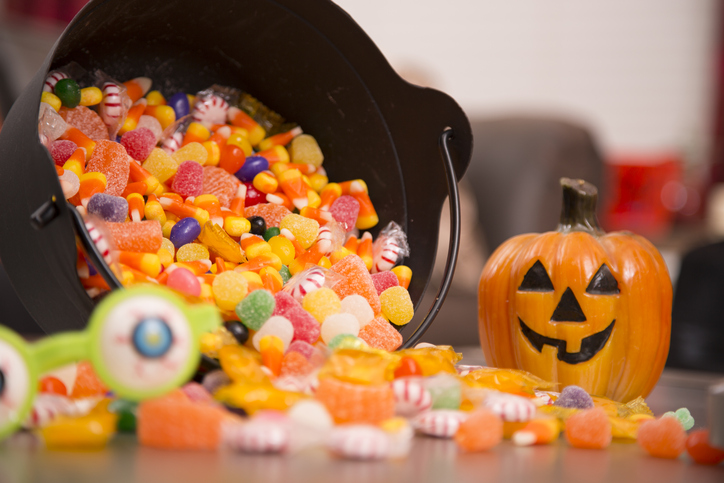
Where are people shopping? People often shop in stores for this holiday. A little less than a third or 31% shop online, while 36% shop at Halloween specialty or costume stores and 40% shop at discount stores.
Licensing continues to drive the costume business at companies such as Long Island-based Rubie’s Costume Company, with product sales ranging from its own stores to Walmart. Meanwhile, Spirit Halloween is selling some new product this year, including Disney’s Encanto, Willie Wonka and the Chocolate Factory, Monster High, Demon Slayer, Dino Ranch and Bluey.
The weather has its effect on crops, including pumpkins.
“They’re temperamental,” Stakey said of pumpkins. “It’s been a tough year. It was dry, dry, dry. We irrigated and got this surprise thunderstorm that dropped an inch and a half in 15 minutes.”
Stakey said his biggest variety is the Kratos pumpkin, which is more robust than many others. He sells pumpkins that could be tasty, but most customers enjoy pumpkins with their eyes.
“It is what it is, “Stakey said. “Are you going to make pie? That was grandma. Grandma doesn’t do it anymore.”
Places like White Post Farms with its petting zoo and F&W Schmitt Family Farm with pony rides, both in Melville, have set up big operations filled with entertainment. Itzler said he keeps his pumpkin picking more peaceful.
“My customers come in to get away from that,” he said. “They want to pick a pumpkin and have a quiet day with their kids.”
Meanwhile, Stakey speaks fondly of the past when his farm grew other crops, but he is happy they made the shift. Stakey has turned the rest of his acreage into a one-stop Halloween spot with a corn maze, hayride, face and hand painting, country store, and agriculture. Americans are hooked on Halloween and Stakey helps keep the holiday fun.
“I loved the smells of potatoes and cauliflower and crates. I can remember it like it was yesterday. It was a very good time to grow up,” Stakey said. “I had no idea in ‘76 what this could be, where we are now. I would never have imagined it. Just pumpkins and all this other stuff going on. Supposedly, it’s going to surpass Christmas. That’s what I heard on the radio. It’s more than one day. It’s the whole fall.”




